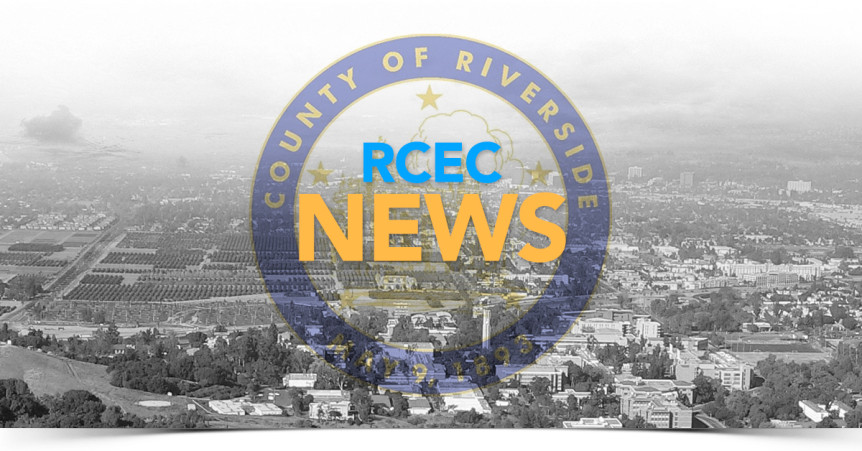COURTESY OF: National Student Clearinghouse National Student Clearinghouse
According to a study by Georgetown University Public Policy Institute’s Center on Education and the Workforce, 65 percent of jobs will require some kind of postsecondary education by 2020. And California’s Riverside County is in danger of being left behind.
A 2016 study of the 25 largest metropolitan areas in the country, published by the Lumina Foundation, revealed Riverside County’s challenges in reaching its goals. The Riverside metropolitan region ranked as the 13th most populous, with 4.4 million residents. When it came to college degree attainment, Riverside’s metropolitan area ranked dead last. Nearly 28 percent of the region’s residents had earned a four-year college degree.
The Riverside County Office of Education is committed to changing those numbers by improving students’ trajectories. To help, Riverside County uses the Clearinghouse’s StudentTracker for High Schools, the only service that provides verified college enrollment data that tracks a school’s graduates for up to eight years after graduation.
Tracking each graduating class over time enables unique insights to emerge. It can help schools, districts, and counties answer important questions, such as:
- What percentage of students plan to enroll in college, but are not enrolled for the first fall semester after high school graduation (a phenomenon called “summer melt”)?
- How many students drop out or stop out during or after the first year of college?
- How many students transfer schools? Are they transferring from a 2-year or 4-year institution?
- What percentage of a graduating class’s students graduate from college in four years?
A Fruitful Partnership
StudentTracker has been a key part to track, measure, and improve students’ progress and address these questions.
“Our partnership with the National Student Clearinghouse has catapulted our efforts to engage our county school districts in a continuous improvement process to increase postsecondary enrollment and persistence,” said Catalina Cifuentes, Executive Director of the College and Career Readiness Unit of the Riverside County Office of Education. “The StudentTracker reports – which show us where our graduates go to college, how long it takes them to earn their degrees, whether they transfer schools, and more – have served as a critical tool to measure the success of this initiative.”
Using StudentTracker, the county was able to show that it increased the number of students annually enrolling in college from 15,066 to 18,274 (out of over 32,000 graduating seniors). In 2018, there were an additional 3,208 college enrollees showed that more students weren’t just graduating – they were, in fact, meeting the requirements for college enrollment.
“Education is the game-changer for us. It doesn’t matter whether it’s a traditional pathway or not, because collectively, it’s about social change,” said Gil Compton, director of college and career readiness, education services for the Riverside County Office of Education. “The Clearinghouse’s data gives us the power, and the leverage, and the strength to get better. And we’re using that data to change kids’ lives – one kid at a time, but collectively, as a nation.”
To learn how the Clearinghouse can help your high school, read the case study about Riverside County and StudentTracker.
““Our partnership with the National Student Clearinghouse has catapulted our efforts to engage our county school districts in a continuous improvement process to increase postsecondary enrollment and persistence.”
Catalina Cifuentes
Executive Director of the College and Career Readiness Unit of the Riverside County Office of Education

